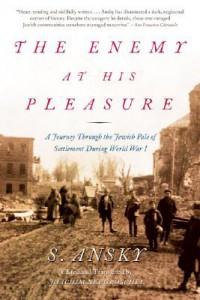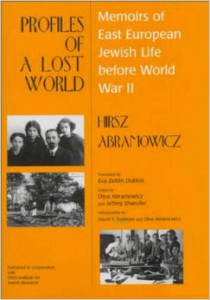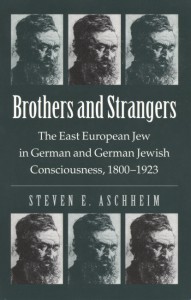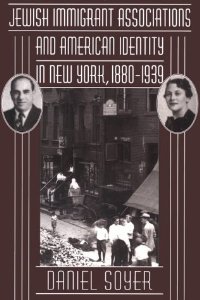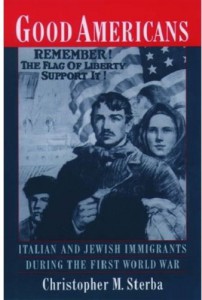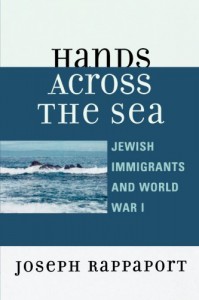Eastern Jews—Western Jews: World War I and the Transformation of the Jewish Experience
by LEAH FALK
On Sunday, March 30 at YIVO, at 2:00pm, Professors Steven Aschheim, Hasia Diner, David Fishman, and Anson Rabinbach will gather to discuss the encounters between Jews from Eastern and Western Europe during and after the upheaval of World War I. These Jews met on the war front in Germany and in Eastern Europe, and their intra-cultural exchanges and interactions with new, non-Jewish neighbors helped reshape notions of Jewish identity and community.
Attend the program.
We asked our panelists to recommend the best books to get acquainted with the stories of these Jews and the impact of World War I on these communities, focusing on three major pockets of immigration and exchange: Eastern Europe, Germany, and the United States.
Book Recommendations
East European Jews and World War I
David Fishman, Jewish Theological Seminary
The Enemy at His Pleasure: A Journey Through the Jewish Pale of Settlement During World War I, 2004 by S. Ansky
The famed ethnographer and author of The Dybbuk is in memoirist mode here, chronicling his travels through Galicia before and during the war. Ansky records conversations with ordinary Jews and notes the patterns of communication about the war in and outside of the shtetls.
Profiles of a Lost World by Hirsz Abramowicz
First published in Yiddish in 1958, Profiles of a Lost World features essays on Jewish life in the Russian empire, including sketches of Jewish artists, literary gatherings, and the fallout from World War I in Jewish settlements. Abramowicz’s account of the German occupation vividly foreshadows the events of World War II.
Jews in Germany
Steven Aschheim, Hebrew University
Brothers and Strangers: The East European Jew in German and German-Jewish Consciousness by Steven Aschheim
Panelist Steven Aschheim writes about the role of myths about East European Jews in the self-conception of Jews in Germany. The perceived “otherness” of Jews from Russia and Poland helped German Jews differentiate themselves and find a niche in modern Germany.
Jews in America
Hasia Diner, NYU
Jewish Immigration Associations and American Identity in New York by Daniel Soyer
Daniel Soyer examines the various ways Eastern European Jews formed their American identities in New York, focusing on hundreds of diverse landsmanschaftn, or immigrant associations.
Good Americans: Italian and Jewish Immigrants During the First World War by Christopher Sterba
Christopher Sterba explores the ways that World War I accelerated the process of assimilation for Jewish immigrants in New York City and Italian immigrants in New Haven, CT.
Hands Across the Sea: Jewish Immigrants and World War I by Joseph Rappaport
Drawing upon Yiddish and English-language Jewish press accounts, this book documents the changes in U.S. Middle East policy following major World War I events, including the Balfour Declaration of 1917, and their effects on the Jewish American community.
Leah Falk is YIVO’s Programs Coordinator.
